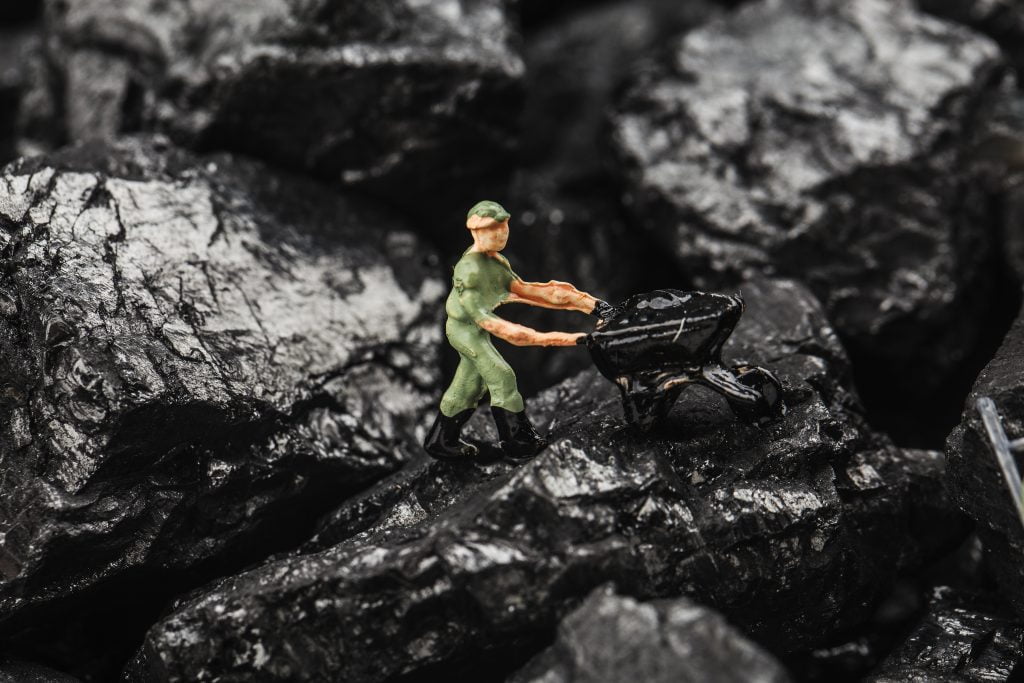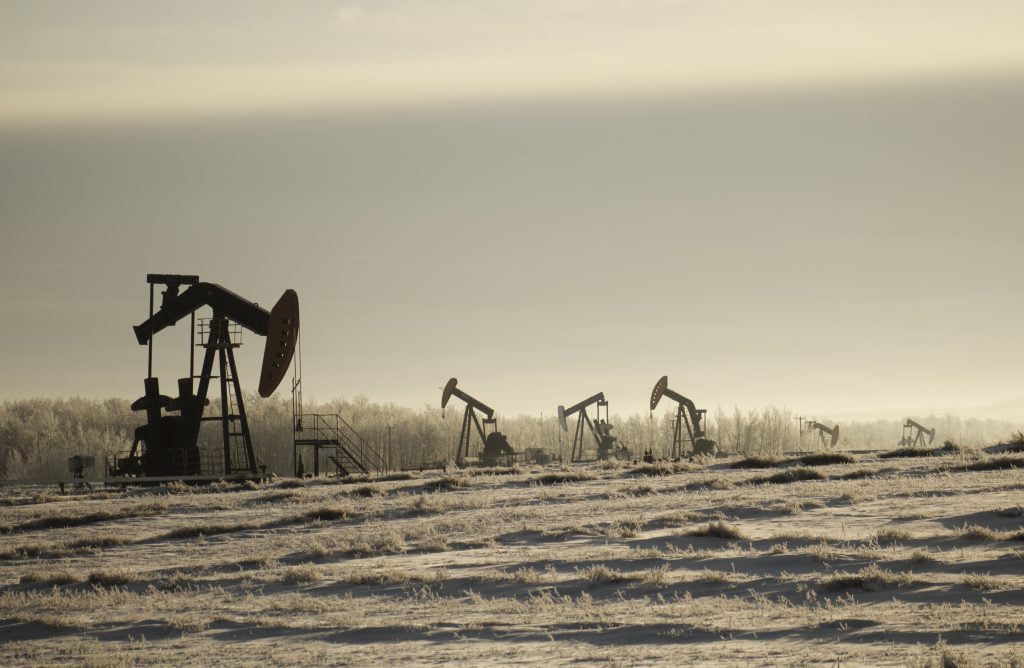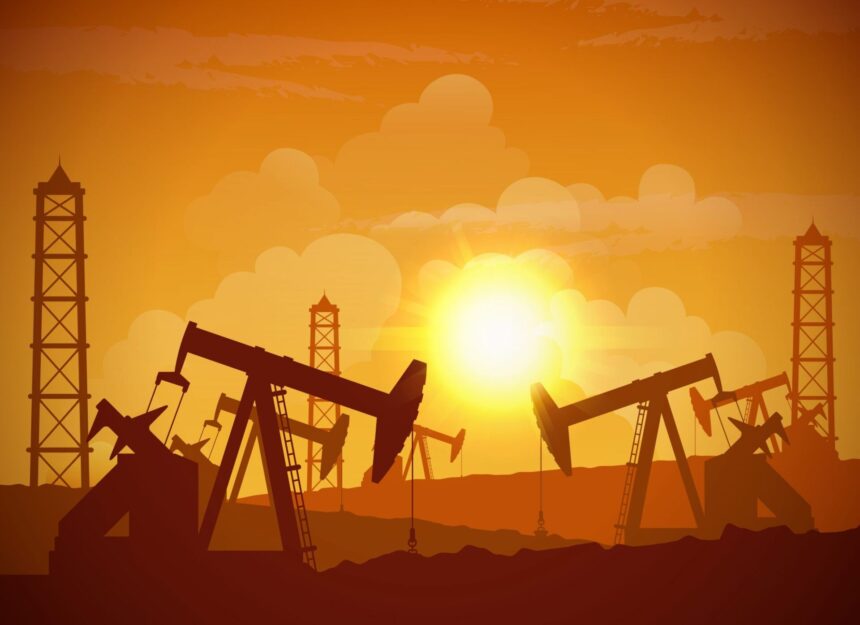According to scientists, the planet has been around for more than 4.5 billion years. If we condensed the whole history of the world into a single year, we would find that humans lived only in the final hour. Plant and animal remnants have degraded over billions of years as a result of exposure to heat and pressure, forming natural reserves of fossil fuels.
We now employ three types of fossil fuels. The majority of our energy comes from oil, coal, and natural gas. These resources have been accumulating in the earth’s crust for billions of years, long before humans existed. The world would not be where it is now if not for fossil fuels. The goal of this article is to explain the principles of each fossil fuel, as well as the benefits and drawbacks of using fossil fuels as an energy source.
Carbon dioxide, the most significant consequence of fossil fuel burning, is a strong greenhouse gas that persists in the atmosphere perpetually. According to the Energy Information Administration, the burning of coal for power in the United States emits more than 2.4 billion metric tonnes of carbon dioxide into the atmosphere each year.
What about automobiles, people wonder? But coming on to the impacts on the environment, every year, the average American passenger automobile emits 11,450 pounds of CO2.
The United States has 246 million automobiles. Governments, automobile manufacturers, and utility corporations have been aggressively researching alternative energy sources in order to reduce carbon dioxide emissions. Biofuels, which are renewable, clean-burning fuels derived from plant and animal sources such as corn, soybeans, waste vegetable oil, or animal fat, are among the main competitors.
We hear a lot about biofuels and fossil fuels in the news, yet the two phrases might become confused in our thoughts at times. Is it true that fossil fuels are derived from fossils? Is it possible to fill up a standard automobile with biofuels? Is it possible to find clean-burning fossil fuels, such as natural gas?
⫸ What are Fossil Fuels?
Fossil fuels are mixes of fossilized plant and animal remains that date back millions of years. The kind of fossil, the quantity of heat, and the amount of pressure dictate the formation of fossil fuels—oil, natural gas, or coal—from these fossils. Carbon dioxide and water are converted into the chemical building elements of ancient plants and animals through photosynthesis.
The sun supplies the energy in fossil fuels that drives photosynthesis. Plants and animals use mostly carbon and hydrogen atoms to form their bodies, and the stored energy in fossilized hydrocarbon-type molecules is used as fuel when they are burnt. As the fossil material is buried further and deeper underground, it is exposed to higher temperatures and pressures. As the temperature rises, the old molecules begin to disintegrate.

Early breakdown produces partially changed components such as peat from plants and kerogen from plankton. Plankton and plant compounds are transformed into fossil fuels after millions of years underground. Plankton decomposes into natural gas and oil, whereas plants degrade into coal.
After millions of years underground, the molecules that makeup plankton and plants become fossil fuels. Plants decay into coal whereas plankton decomposes into natural gas and oil.
These resources are now extracted by humans through coal mining and the drilling of oil and gas wells on land and offshore. They are sought for because they contain stored energy, and when burnt, fossil fuels power machines, provide transportation and supply the electricity required for contemporary life. They also include necessary elements for the chemical industry.
⫸ What are the types of fossil fuels?
Fossil fuels are mainly categorized into three forms:
▶ COAL:
Coal is made up of fossilized plants. The plants are subjected to extreme heat as they are buried deeper and deeper beneath. It is a sedimentary deposit that is mostly made of carbon and is easily combustible.
Coal is black or brownish-black in colour and contains more than 50% carbonaceous material by weight and more than 70% by volume (including inherent moisture). Heat and pressure have compressed, hardened, chemically altered, and metamorphosed plant fragments throughout geologic time.

Coal may be found throughout the world, including the United States, primarily in areas where prehistoric forests and wetlands formerly flourished before being buried and compacted over millions of years.
The Appalachian basin in the east, the Illinois Basin in the mid-continent area, and various basins and coal fields in the west and Alaska have some of the greatest coal resources.
▶ PETROLEUM:
Petroleum is a naturally occurring material on Earth that is largely made up of carbon and hydrogen chemical compounds, with or without nonmetallic components like sulfur, nitrogen, and oxygen added in.

Petroleum components are separated using a process known as fractional distillation, which is the separation of a liquid mixture into fractions with different boiling points by distillation, often using a fractionating column. It is made up of naturally occurring hydrocarbons with varying molecular weights and may contain other chemical substances.
▶ NATURAL GAS:
Often known as methane gas or natural methane gas, is a colourless, extremely combustible gaseous hydrocarbon predominantly composed of methane and ethane. It is a form of petroleum that is frequently seen in conjunction with crude oil.
Natural gas is a fossil fuel that is used to generate power, heat homes, cook food, and run some vehicles. It is used as a chemical feedstock in the production of plastics and is required for a variety of other chemical products such as fertilizers and dyes.
◆◆ Why are Fossil Fuels considered Nonrenewable resources?
Nonrenewable energy comes from resources that will diminish over time or will be unavailable for hundreds of millions of years. Fossil fuels are the most common nonrenewable energy source. Oil, coal, and natural gas are examples of non-renewable fossil energy sources that originated when prehistoric plants and animals perished and were progressively buried by layers of rock.
For the fact that they cannot be replenished or renewed with time, fossil fuels are considered nonrenewable resources. These non-renewable resources have been there for millions of years.
Plants and animals were degraded by the heat, pressure, and movement of the strata, resulting in petroleum, oil, coal, and natural gas. Natural gas and oil resources are more likely to be discovered the deeper we explore.
The fossil fuel industry now drills or mines for these energy sources before burning or refining them for use as heating or transportation fuel. The combustion of fossil fuels accounted for roughly three-quarters of all human-caused emissions during the last 20 years.
◉ Rigs were responsible for 34 deaths, 1,436 injuries, and 60 oil leaks totaling more than 50 barrels between 2008 and 2012.
◉ The 2010 Enbridge leak, which dumped roughly 20,100 barrels into Michigan’s Kalamazoo River, was one of the most recent pipeline spills in the United States.
◉ ExxonMobil spilled 1,000 barrels of oil into the Yellowstone River in Montana in 2011.
◉ Acid rain and the creation of hazardous particulate matter are exacerbated by SO2 emissions, which are predominantly caused by coal combustion. Furthermore, SO2 emissions can aggravate respiratory conditions such as asthma, nasal congestion, and pulmonary inflammation.
◉ In 2014, fossil fuel combustion at power plants accounted for 64% of all SO2 emissions in the United States.
◆◆ What is the role of fossil fuels in climate change?
Climate change is one of the hot topics of this decade for serious reasons. Human activities are increasing carbon dioxide and other greenhouse gas concentrations, raising worries about global warming of 1–5°C over the next century.
Recent global averaged temperature rises over the last decade appear to be much beyond the typical variability of temperature changes over the last thousand years. A lot of studies strongly imply that rising greenhouse gas concentrations in the atmosphere are the cause of this temperature increase, adding weight to fears about far bigger climatic changes expected in the following decades.
◉ Coal is the dirtiest of the fossil fuels, accounting for approximately 0.3°C of the 1°C rise in world average temperatures, making it the single most significant contributor to global warming.
◉ When oil is burnt, it emits a significant quantity of carbon, accounting for around a third of global carbon emissions. In recent years, there have been a number of oil spills that have had a terrible impact on our ocean’s environment.
◉ Natural gas contributes to a fifth of global carbon emissions.
◉ Burning fossil fuels produces localized air pollutants such as soot (fine particulate matter, or P.M 2.5) and smog (which damages ozone), which leads to more heatwaves and dangerous temperature rises in some parts of the world, as well as an increased risk of illnesses such as lung cancer, strokes, and heart disease.
◉ When fossil fuels are burnt, nitrogen oxides are released into the atmosphere, contributing to smog and acid rain creation.
◉ Methane, the primary component of natural gas, is a significantly more potent greenhouse gas than carbon dioxide, trapping heat 34 times better over a 100-year timeline and 86 times better over a 20-year timescale.
⫸ Applications of Food Webs
▶ PROS:
◉ Extraction of fossil fuels is quite affordable.
◉ They may also be stored, piped, or delivered to any location on the planet.
◉ Coal is a dependable energy source. We can count on it to deliver fuel and power day and night, summer and winter, sunshine or rain.
◉ Extraction of oil is quite affordable. It also provides the local community with a consistent and stable supply of energy and money.
◉ Thousands of conveniences are provided by oil. It comes in the form of gasoline, which is a portable source of energy that allows us to travel. Petroleum is also included in a variety of products that we rely on.
◉ Natural gas is a “cleaner” fossil fuel than oil or coal, and it is very affordable to obtain.
◉ When natural gas is consumed, it produces solely carbon dioxide and water vapour (the same gases that humans exhale!). This is a better option than burning coal.
▶ CONS:
◉ When coal and oil are burnt, particulates are released into the air, water, and land.
◉ Burning fossil fuels also disrupts Earth’s “carbon budget,” which maintains a balance of carbon in the ocean, on land, and in the atmosphere.
◉ Coal miners are exposed to hazardous dust and risk cave-ins and explosions while on the job.
◉ Coal mining may also cause the ground to fall in, resulting in subterranean fires that can last for decades.
◉ The ecosystem is harmed when gasoline is used. Hazardous gases and pollutants are released into the air we breathe.
◉ Oil spills, particularly offshore spills, are environmental disasters. Because oil floats in water, it may fool fish into thinking it’s food and destroy birds’ plumage.
◉ Natural gas extraction can have negative consequences for the environment. Mini-earthquakes can be caused by fracturing rocks.
◉ High-pressure water and chemicals drove underground have the potential to spill into adjacent water sources. Drinking and bathing water sources can become polluted and dangerous.
◆◆ Last Thoughts:
There are several options for moving away from a fossil-fuel economy. Renewable energy sources include hydropower, biomass, wind, geothermal, and solar energy. The most immediate and cost-effective strategy to minimize energy usage and emissions is to improve the energy efficiency of buildings, cars, industrial processes, appliances, and equipment. Cities and villages that are built on public transportation, walking, or bicycling instead of private automobiles use less energy. Not the depletion of recoverable fossil resources, but the crossing of a critical barrier beyond which the world can no longer sustain the results of burning fossil fuels, is the limiting factor on human fossil fuel consumption. While many people are concerned about fossil fuels running out, it is estimated that we will need to leave 65 to 80 percent of existing known sources untapped if we are to stay within the two-degree global warming limit. The fact that oil and gas will never run out in your lifetime should not be used as an excuse to continue consuming them. Instead, since we are aware of this, we should all take steps to guarantee that our children and grandkids have a future.





